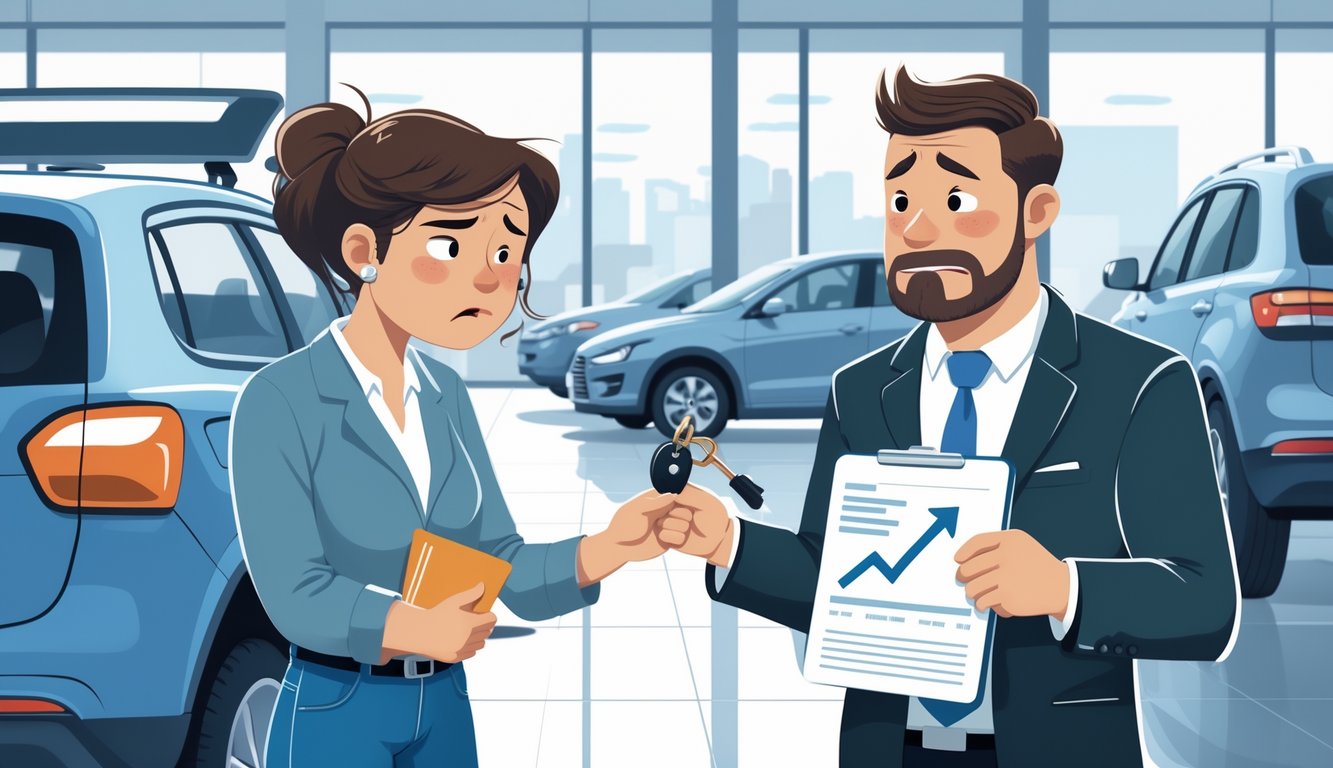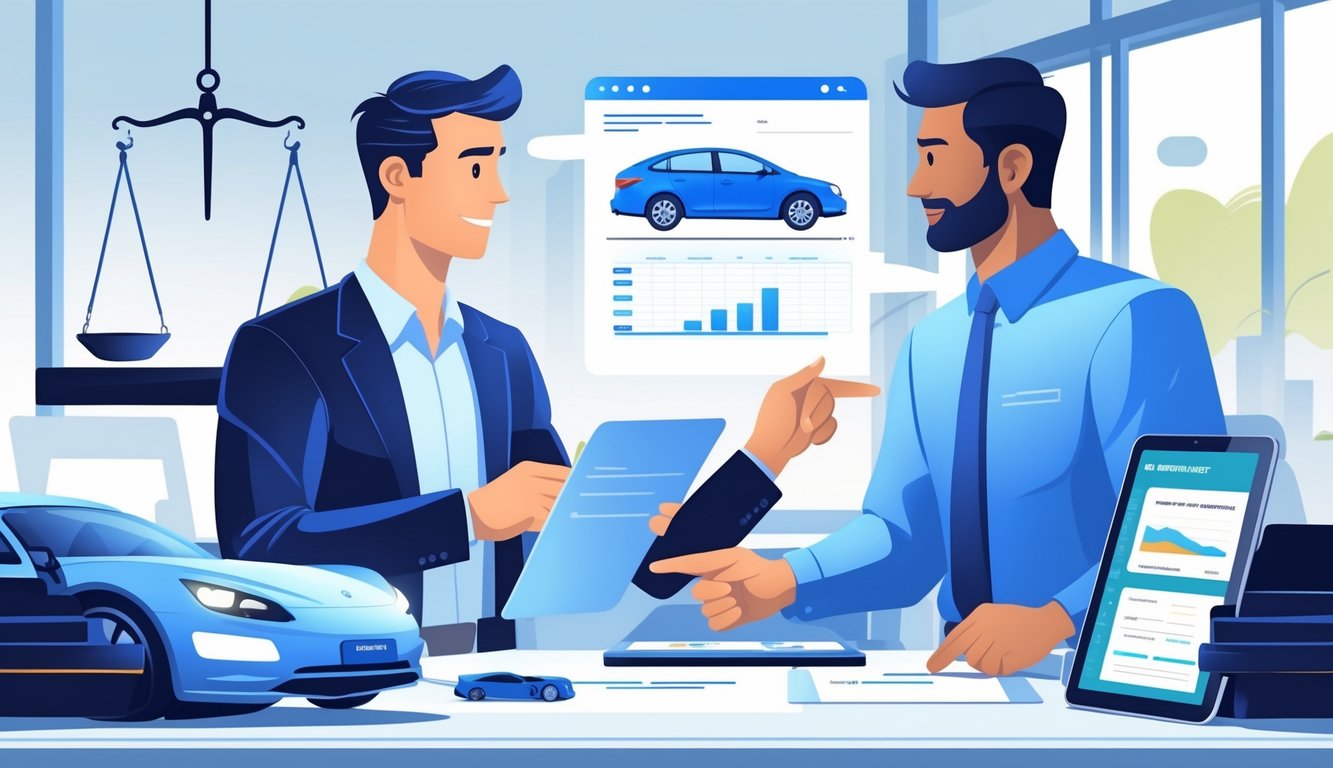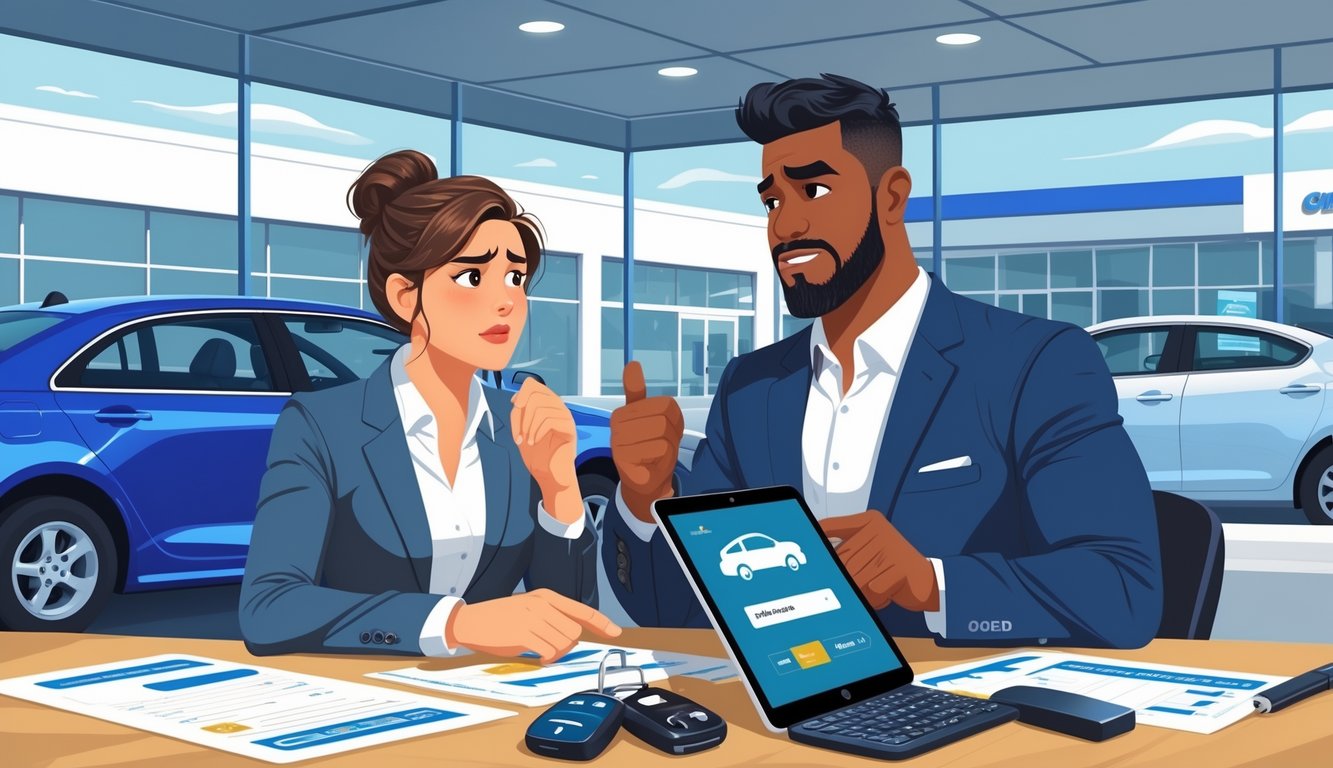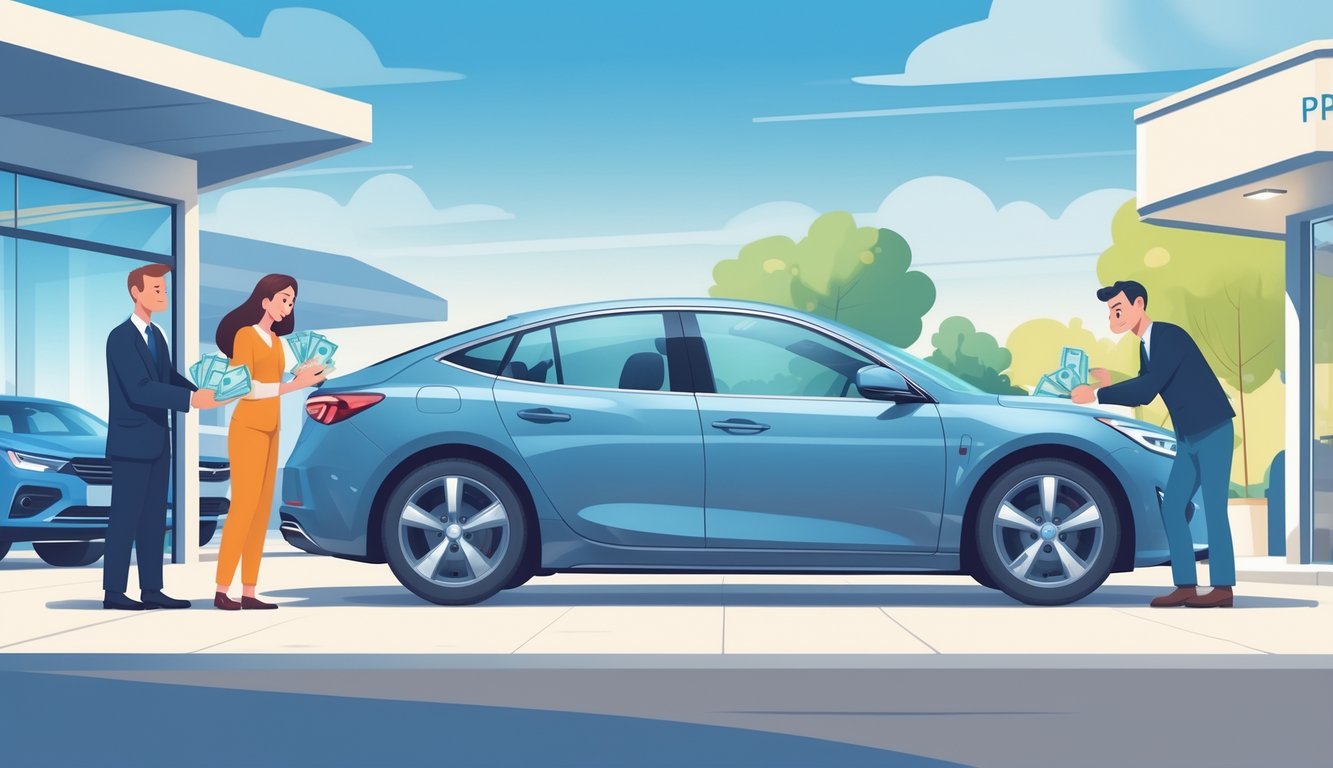
How to Get a Fair Trade-In Estimate

I always get this feeling that dealerships have a secret playbook for siphoning value off your car, and nobody even blinks. If one more salesperson tries to explain Kelley Blue Book to me like it’s some ancient scroll, I’m just going to tape a “for sale” sign to my rear window and call it a day.
Using Online Valuation Tools
I started using online appraisal tools—Edmunds, KBB, Cars.com—because I got tired of guessing. Sometimes I plug in my VIN and the number jumps or drops by a thousand bucks overnight. How does that even happen? No idea. These sites use pricing algorithms, auction data, all that, but you have to enter every little detail—mileage, options, accident history, even if you have the original floor mats. Edmunds splits cars into “clean,” “average,” and “rough,” and the difference can be wild. Consumer Reports says people leave up to $2,000 on the table by skipping these tools, but even then, I’ve had CarMax drop my minivan’s value by $400 because of a rainstorm. I gave up trying to make sense of it.
Comparing Multiple Offers
It’s a pain, but getting multiple quotes is the only way I ever get close to a decent number. One dealer offers $6,200, the guy across town says $7,100, and CarMax will maybe go $7,500 if my tires pass the “poke test.” I’ve spent entire Saturdays driving around just for the privilege of hearing my car insulted by strangers. Sometimes the spread is so random it feels like they’re just guessing.
I once asked a manager why the numbers jump so much, and he just shrugged. “We’re all guessing, but we need to make money.” Super reassuring. You can find a million negotiation tips online, but at the end of the day, the prices just seem to move with the wind. If you pull up a KBB printout or Auto Cheat Sheet’s advice on your phone, sometimes they’ll actually pause and reconsider. I still don’t get how a dealer once tried to pay less than scrap value, but whatever—more quotes, less chance of getting totally fleeced.
The Role of Negotiation in Trade-In Deals

Nobody ever tells you that walking in without a plan is basically like taping a “please underpay me” sign to your forehead. The difference between a cash offer and your car’s actual worth? Sometimes it’s just random, and not because your odometer flipped to some magic number.
Negotiating Trade-In Separately from Purchase
Here’s what still drives me nuts: every time I let a dealer roll my trade-in into the new car deal, the numbers get so blurry I forget what I’m even negotiating. Supposedly, if you separate the trade-in from the purchase, you actually see where your money’s going. The first “trade-in value” they offer is always the lowest—wholesale price minus “prep,” minus “risk,” minus whatever else they make up that day. Check out this negotiation explainer if you want to see how messy it gets.
I always try to get the appraisal and cash offer before mentioning the new car. Sometimes the salesperson’s eyes glaze over, but pushing through usually helps. If you let the numbers get mixed, you’ll never know what you’re actually paying or getting. I’ve missed out on better deals just because I got distracted by a “great” price on the new car, not realizing they lowballed my trade. Managers have even admitted that the less time you spend on the numbers, the happier they are. Not sure who’s happy—definitely not me. There’s data out there saying 75% of buyers feel rushed and accept whatever’s offered in under 20 minutes. Most people haven’t even checked their VIN, let alone spotted the sneaky deductions.
Tips for Maximizing Trade-In Offers
Here’s the thing nobody puts in the brochures—if you threaten to sell privately (and actually mean it), the tone changes real quick. Bring online appraisals from at least two other places and, yes, physically wave them in the manager’s face if you have to. Those “instant offers” aren’t always fake; at least once, I’ve had a dealer match or beat it when I pushed hard enough.
If the salesperson says they can’t beat CarMax or whoever, ask again. And again. Keep the trade-in negotiation separate, always. I watched a friend get $1,200 more for her scratched-up Corolla just because she left and waited for the callback. Sometimes, if you time your trade-in near the end of the month, you’ll get a “bonus” offer—but don’t count on it.
Whatever you do, don’t take the first number. More than half of sellers just give up after that, desperate to get out. Don’t be that person. Treat it like chess, even if you have no idea what you’re doing, because the difference is sometimes thousands of dollars. Or, you know, ask your neighbor for advice—but she’s still driving her rusted Hilux after a disaster trade-in, so maybe not.
Comparing Trade-In vs. Selling Your Car Privately

Was staring at my sandwich, thinking about this: dealerships have those “Instant Cash Offer!” signs everywhere, but then my neighbor sells her Civic on Facebook and gets a grand more in a day. Walk into a showroom, and your car’s value somehow vanishes. The person with the clipboard and latte doesn’t care if you’re getting fleeced. Why do we keep doing this to ourselves?
Potential Price Differences
So, this guy in khakis at the dealership tells me, “Trade-in value factors in our risk”—yeah, sure, and so does the yogurt I forgot in my trunk last summer. The whole thing’s a circus. Private sales? Absolute chaos, but the money’s just better, like, annoyingly so. I checked Kelley Blue Book for my car, and the private sale value was $2,200 more than the “trade” offer the salesman slid over. He winked. I still don’t know why. Cars.com basically says you almost always get more cash selling privately, but nobody’s talking about the emotional cost of letting some dude in flip-flops launch your Corolla uphill.
Price guides? Never agree. Edmunds, KBB, whatever—sometimes there’s a $2,000 gap just between what you see online and what you actually get if you go full Craigslist mode. SmartAsset mentions this, but it’s buried. Dealers knock off money for “reconditioning.” What, are they restoring a Rembrandt? It’s a hatchback with a coffee stain. The price gap is real. Don’t let anyone tell you otherwise, unless they’re buying your lunch.
